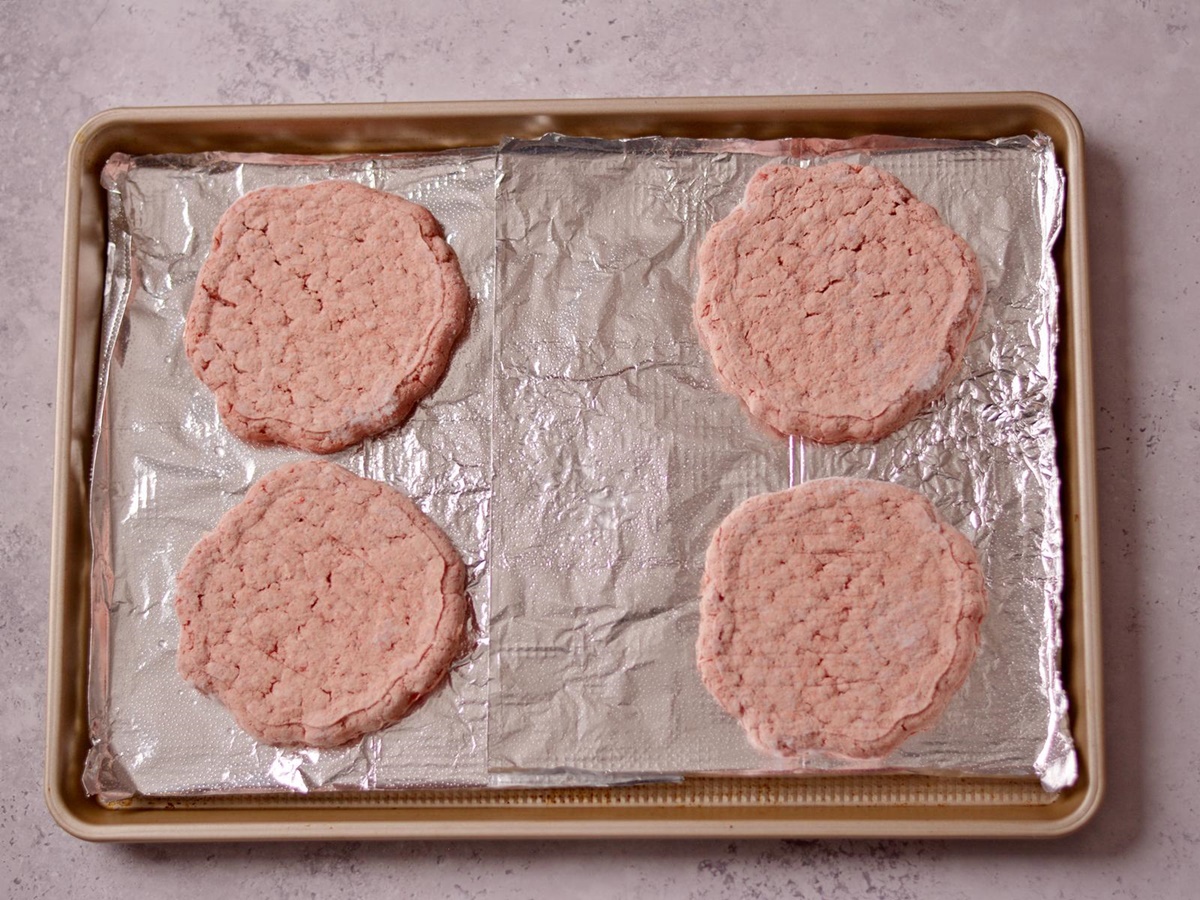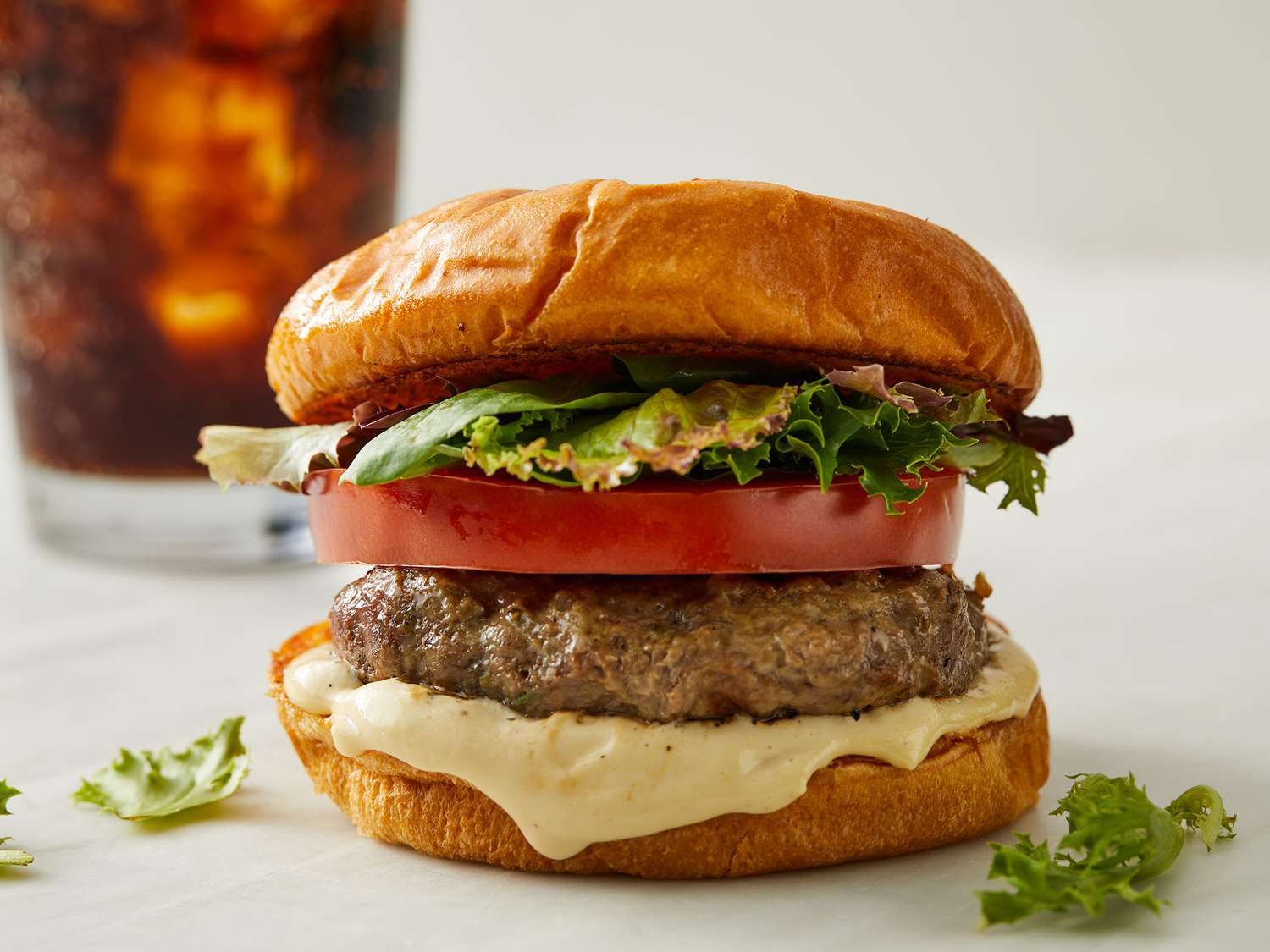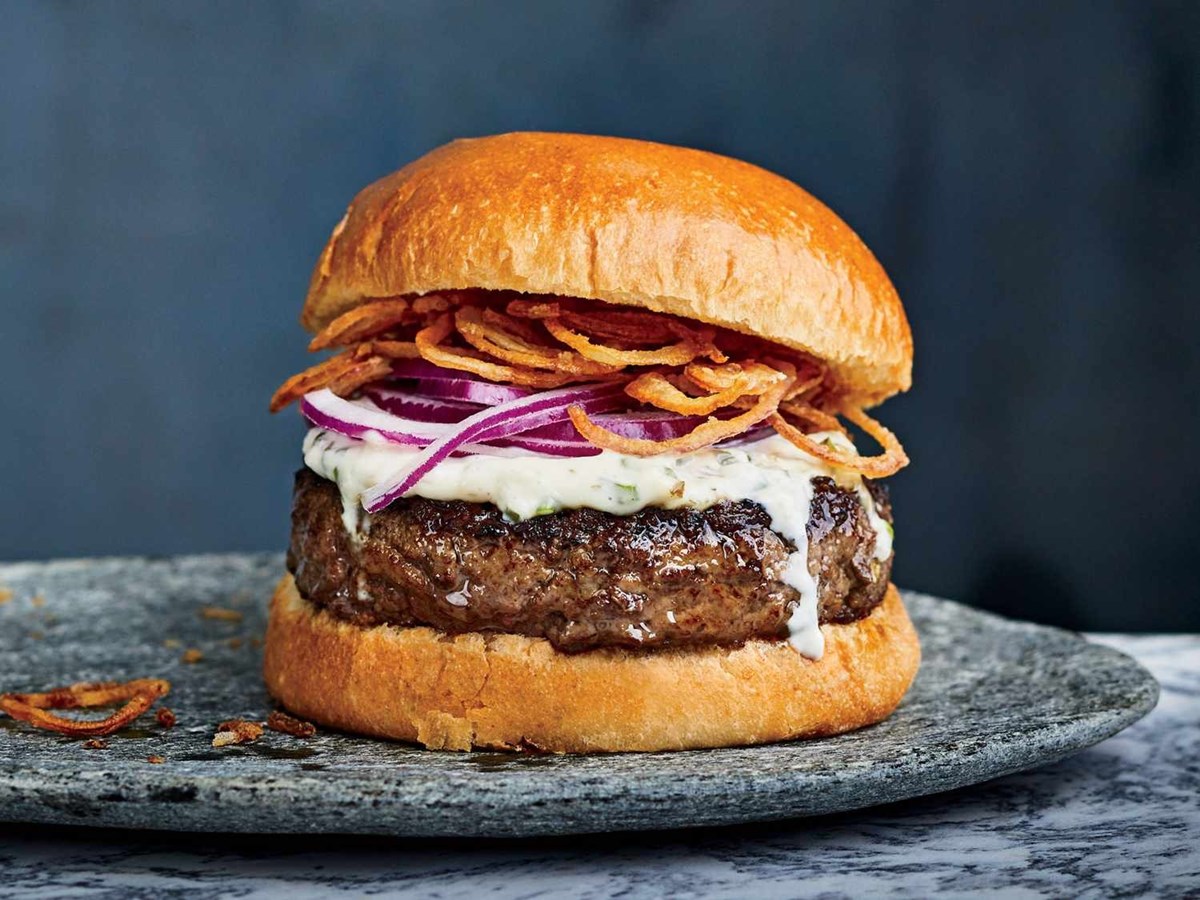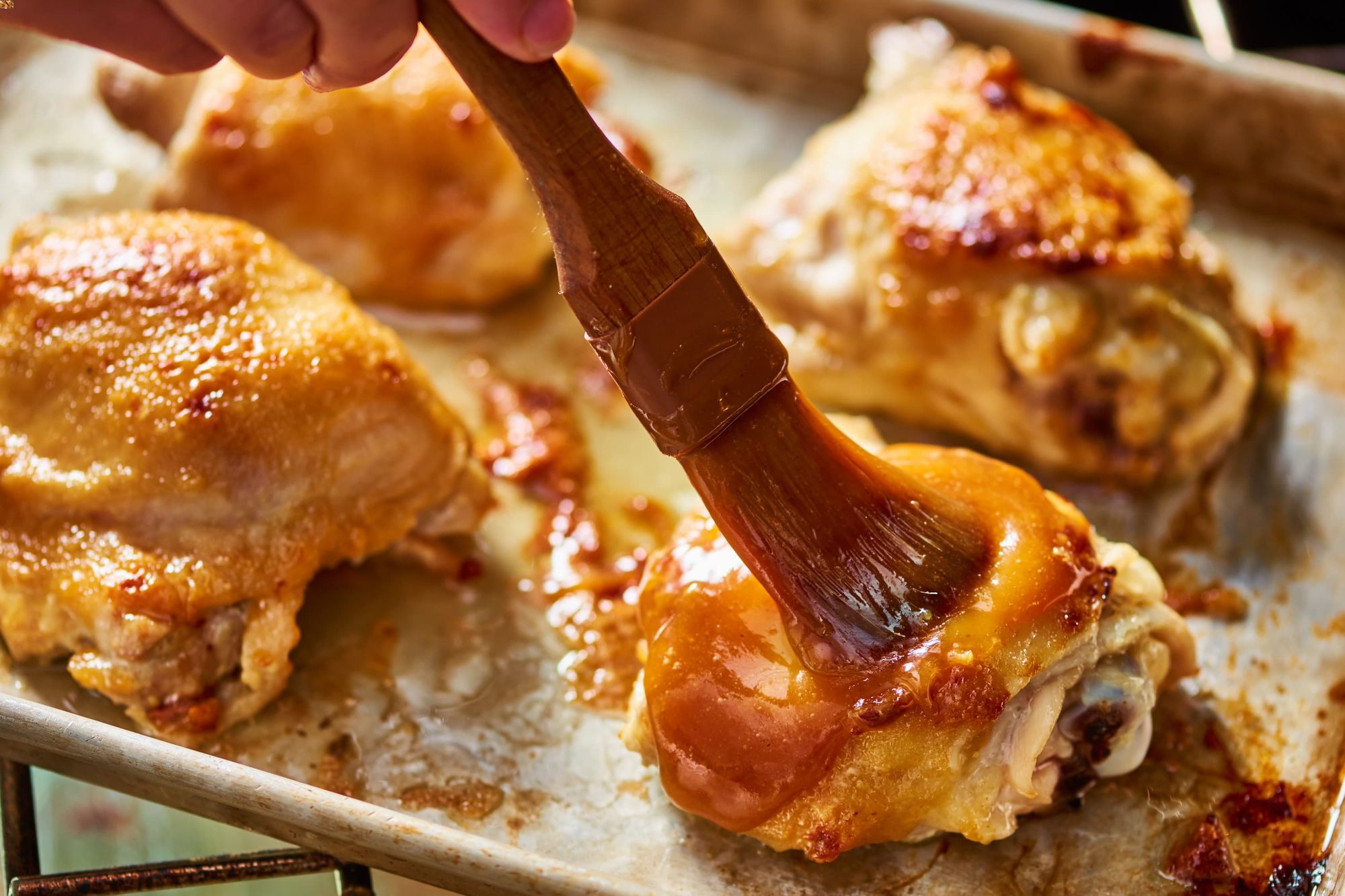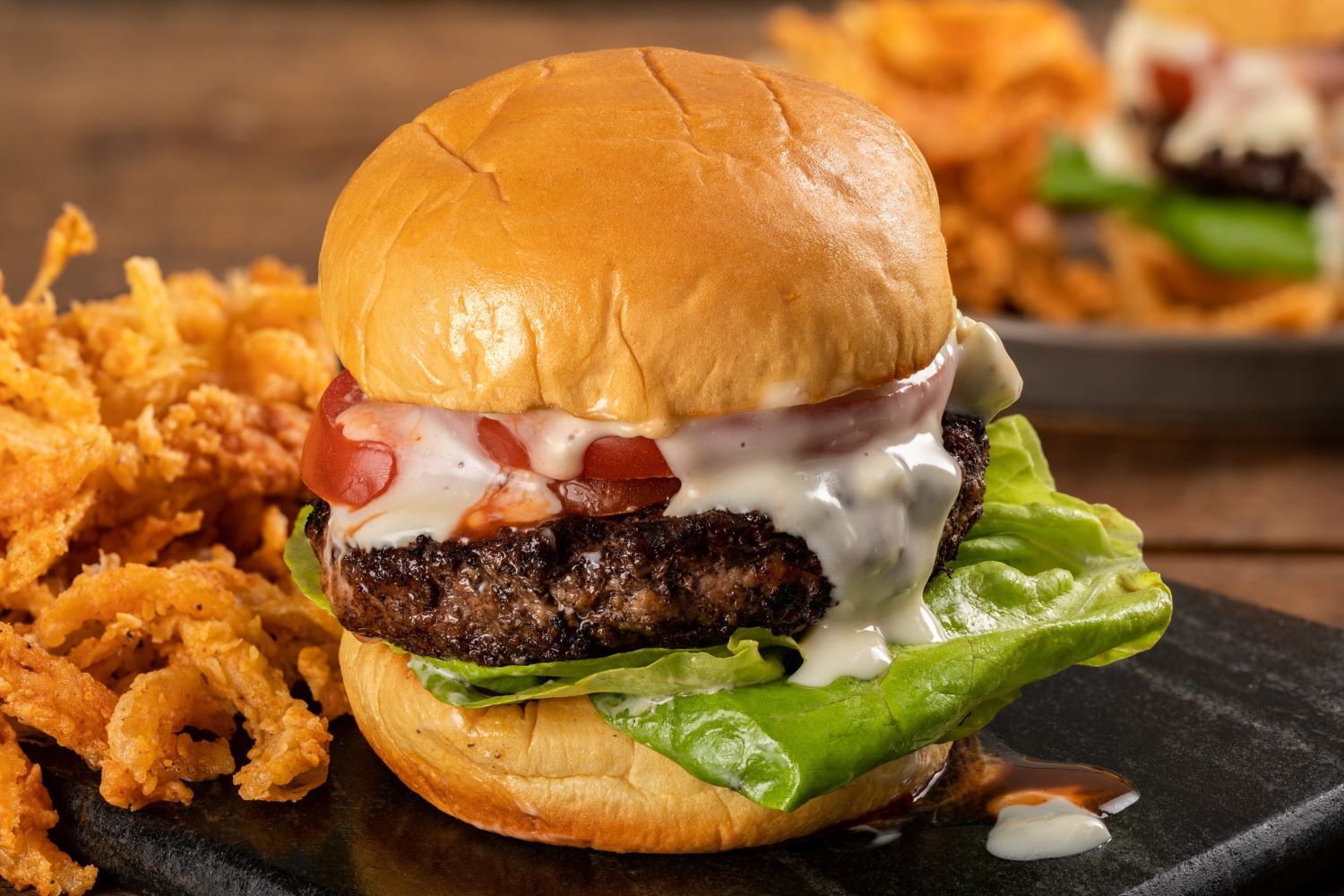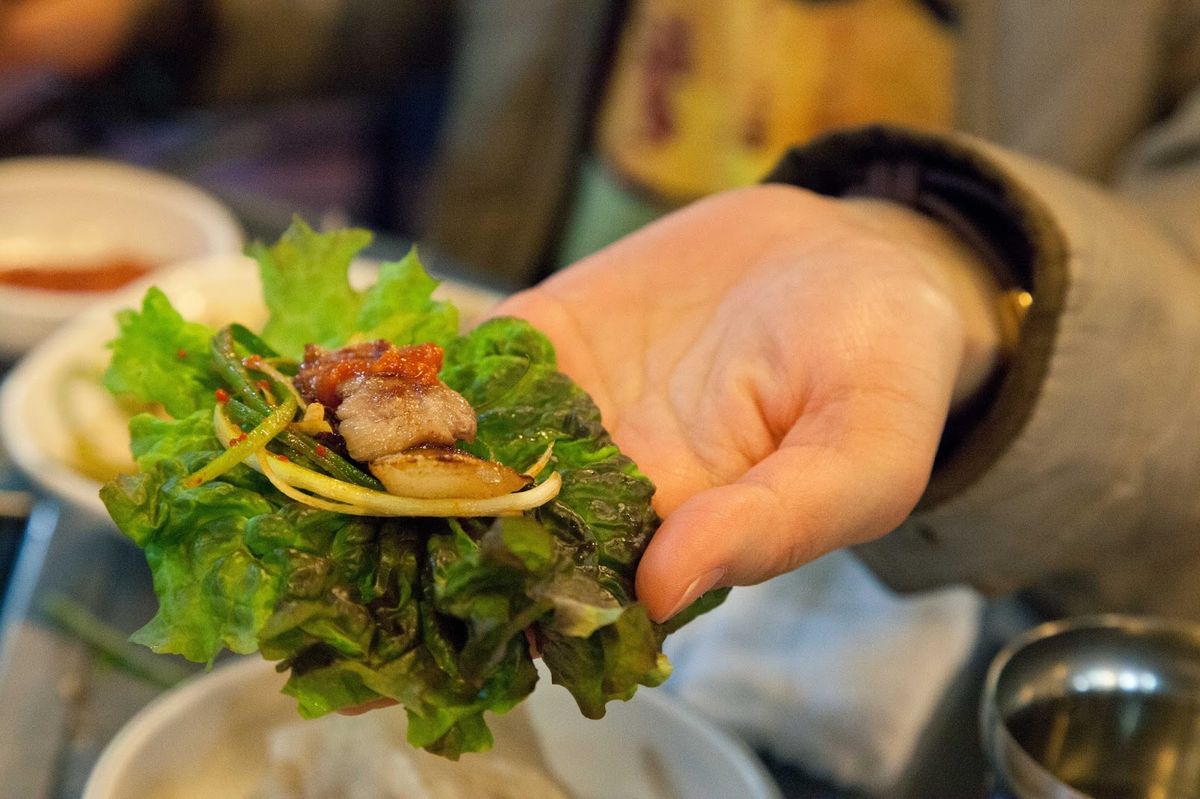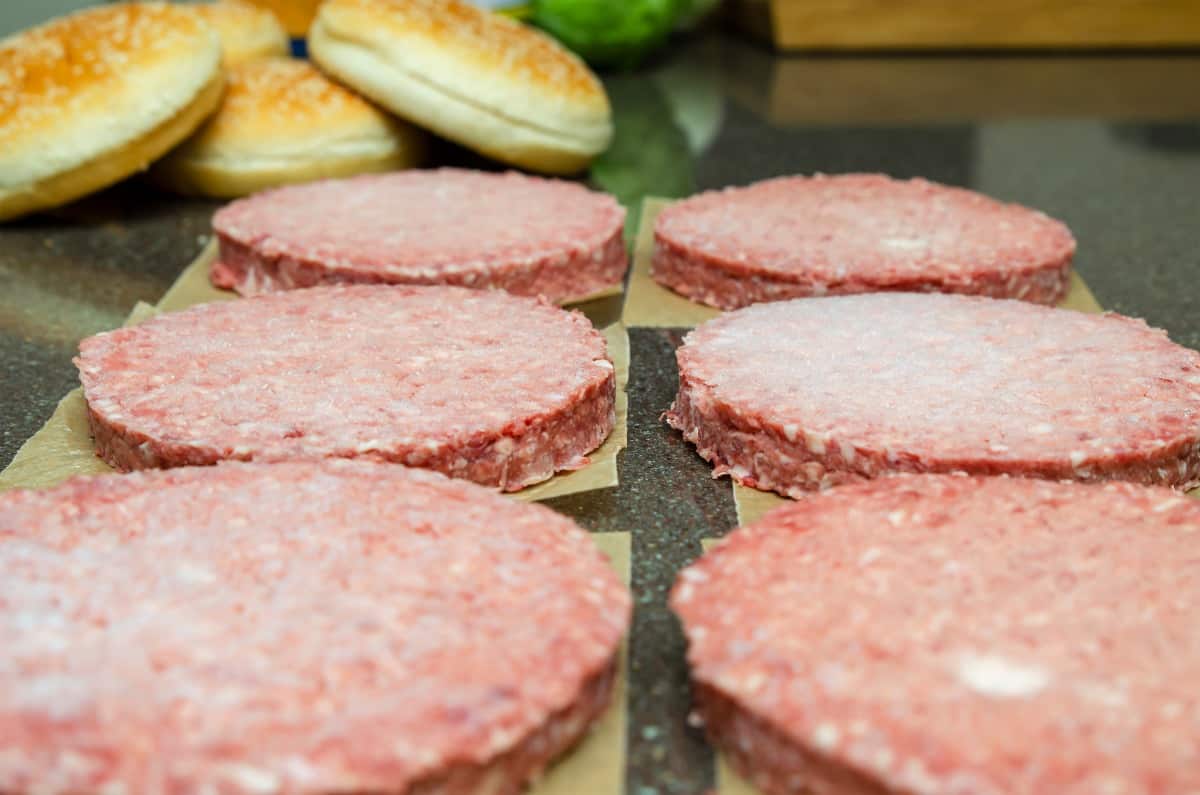Homemade condiments can transform any meal from ordinary to extraordinary. Imagine the rich taste of ketchup made from ripe tomatoes or the tangy kick of mustard crafted in your kitchen. These simple yet flavorful additions elevate dishes, making every bite memorable. Plus, creating your own allows control over ingredients, ensuring no unwanted preservatives or additives. Whether it's a creamy mayo, spicy salsa, or zesty relish, homemade versions bring freshness and authenticity. Dive into this guide to discover easy recipes, tips, and tricks for making your own delicious condiments at home. Your taste buds will thank you!
Essential Ingredients for Your Condiments
-
Ketchup
- Tomato paste
- White vinegar
- Brown sugar
- Garlic powder
- Onion powder
- Salt
- Allspice
-
Mustard
- Yellow mustard seeds
- Brown mustard seeds
- White wine vinegar
- Water
- Salt
- Turmeric
- Paprika
-
Mayonnaise
- Egg yolks
- Lemon juice
- White vinegar
- Dijon mustard
- Vegetable oil
- Salt
-
Barbecue Sauce
- Ketchup
- Apple cider vinegar
- Brown sugar
- Honey
- Worcestershire sauce
- Smoked paprika
- Garlic powder
- Onion powder
- Ground black pepper
- Liquid smoke
-
Hot Sauce
- Fresh chili peppers
- White vinegar
- Garlic
- Salt
- Sugar
Tools and Instruments Needed for The Ultimate Guide to Homemade Condiments
Tools Needed for Homemade Condiments
-
Mixing Bowls
- Different sizes for various ingredients
-
Whisk
- For blending liquids and emulsifying
-
Measuring Cups and Spoons
- Accurate measurements ensure consistency
-
Blender or Food Processor
- Smooth textures for sauces and dressings
-
Mason Jars or Airtight Containers
- Storage to keep condiments fresh
-
Spatula
- Scraping bowls and jars clean
-
Fine Mesh Strainer
- Removing seeds or pulp from sauces
-
Saucepan
- Cooking ingredients that need heating
-
Funnel
- Pouring liquids into jars without spills
-
Labels and Marker
- Identifying different condiments
-
Cutting Board and Knife
- Chopping fresh herbs and vegetables
Homemade condiments like ketchup, mustard, and mayonnaise offer fresher flavors, fewer preservatives, and customizable ingredients. Experiment with spices, herbs, and sweeteners to create unique versions tailored to your taste.
The Importance of Making The Ultimate Guide to Homemade Condiments
Creating homemade condiments is about more than just flavor; it's a journey into culinary creativity. By making sauces, spreads, and dressings from scratch, enthusiasts control ingredients, ensuring healthier options free from preservatives. This process also allows for personalization, tailoring flavors to individual tastes, transforming meals into personalized culinary experiences.
Moreover, homemade condiments offer a sustainable alternative to store-bought versions. By selecting local, organic ingredients, cooks reduce their environmental footprint. This practice supports local farmers and minimizes packaging waste, aligning with a mindful approach to cooking and consumption.
Step-by-Step Guide to Crafting The Ultimate Guide to Homemade Condiments
Homemade Ketchup
- Ingredients: Tomatoes, white vinegar, brown sugar, salt, onion powder, garlic powder, and spices (cloves, cinnamon, allspice).
- Step 1: Blend fresh tomatoes until smooth. Strain to remove skins and seeds.
- Step 2: Combine tomato puree with vinegar, sugar, salt, onion powder, garlic powder, and spices in a large pot.
- Step 3: Bring mixture to a boil, then reduce heat. Simmer until thickened, about 45 minutes, stirring occasionally.
- Step 4: Taste and adjust seasoning if necessary. For a smoother texture, blend once more.
- Step 5: Store in sterilized jars. Keep refrigerated.
Homemade Mustard
- Ingredients: Mustard seeds (yellow or brown), water, vinegar, salt, and optional sweeteners or spices.
- Step 1: Soak mustard seeds in water for 48 hours, adding more water if they absorb it all.
- Step 2: Blend soaked seeds with vinegar and salt until reaching desired consistency. For a milder mustard, add sweeteners like honey.
- Step 3: For added flavors, incorporate spices or herbs.
- Step 4: Transfer to a jar and let it mature in the fridge for at least 48 hours before using.
Homemade Mayonnaise
- Ingredients: Egg yolks, oil (olive or vegetable), lemon juice or vinegar, mustard, salt.
- Step 1: Whisk egg yolks with mustard and a pinch of salt in a bowl.
- Step 2: Slowly drizzle in oil, whisking constantly, until the mixture thickens and emulsifies.
- Step 3: Once thick, whisk in lemon juice or vinegar. Adjust seasoning to taste.
- Step 4: Store in a sealed container in the fridge for up to one week.
Homemade Barbecue Sauce
- Ingredients: Tomato sauce, apple cider vinegar, brown sugar, honey, Worcestershire sauce, liquid smoke, onion powder, garlic powder, smoked paprika, and chili powder.
- Step 1: Combine all ingredients in a saucepan over medium heat.
- Step 2: Bring to a simmer, then reduce heat to low. Cook, stirring frequently, for 20 minutes or until thickened.
- Step 3: For a smoother sauce, blend until smooth.
- Step 4: Adjust flavors as needed. Store in airtight containers in the fridge.
Homemade Hot Sauce
- Ingredients: Chili peppers, vinegar, garlic, salt, and sugar.
- Step 1: Remove stems and roughly chop chili peppers. For less heat, remove seeds.
- Step 2: Combine peppers, garlic, vinegar, salt, and sugar in a blender. Puree until smooth.
- Step 3: Pour mixture into a saucepan and simmer for 15 minutes to meld flavors.
- Step 4: Cool and then strain the sauce for a smoother texture, if desired.
- Step 5: Bottle and store in the fridge. Use within a few weeks for best flavor.
Crafting Your Own Flavorful Finale
Homemade condiments are more than just toppings; they're a journey into crafting flavors that are uniquely yours. From tangy mustards to rich, savory ketchups and zesty salad dressings, each creation adds a personal touch to meals, transforming them from good to unforgettable. Diving into the world of DIY condiments isn't just about avoiding preservatives and additives found in store-bought versions; it's about unleashing your culinary creativity and tweaking flavors to suit your palate perfectly. Whether you're a seasoned chef or a curious beginner, the adventure of making your own condiments is rewarding, offering endless possibilities to explore. So, grab those jars, fresh ingredients, and let your kitchen be the canvas for your flavorful masterpieces. Remember, every dollop, drizzle, and spread is a reflection of your taste and creativity. Happy cooking!
Frequently Asked Questions About The Ultimate Guide to Homemade Condiments
What are the benefits of making homemade condiments?
Making your own condiments lets you control the ingredients. You can avoid preservatives and additives found in store-bought versions. Plus, you can adjust the flavors to suit your taste.
How long do homemade condiments last?
Most homemade condiments last about 1-2 weeks in the fridge. Some, like pickles or fermented items, can last longer. Always check for signs of spoilage like mold or off smells.
What equipment do I need to make homemade condiments?
Basic kitchen tools like blenders, food processors, and mason jars are usually enough. Some recipes might need a whisk or a saucepan.
Can I make condiments without added sugar?
Absolutely! Many recipes can be sweetened with natural alternatives like honey, maple syrup, or even fruit. You can also skip the sweeteners altogether if you prefer.
Are there any condiments that are easier to make than others?
Yes, some are super simple. Mayonnaise, ketchup, and mustard are pretty straightforward. Salad dressings and sauces like pesto or aioli are also easy to whip up.
Can I customize homemade condiments to fit my dietary needs?
Definitely! You can make them gluten-free, vegan, or low-sodium. Just swap out ingredients to fit your dietary preferences.
What are some unique condiments I can try making at home?
Try making chimichurri, harissa, or tzatziki. These add a unique twist to your meals and are fun to experiment with.

